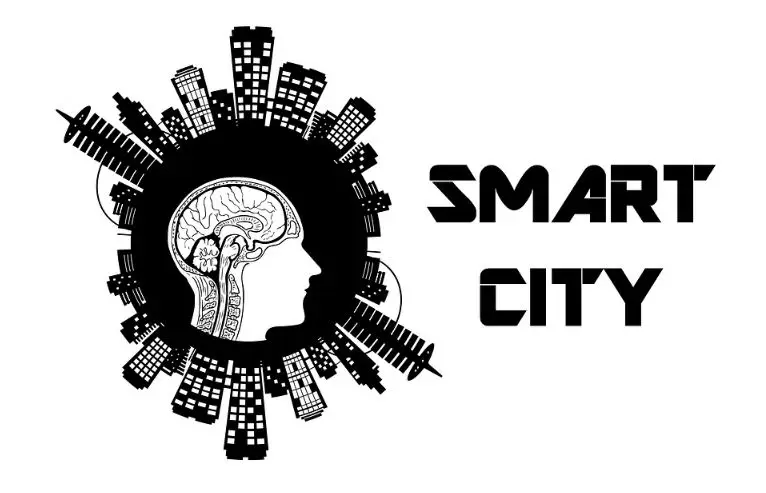Table of Contents
Smart Cities Mission its Features and Challenges | UPSC – IAS
Smart Cities Mission, is an urban renewal and retrofitting program by the Government of India with the mission to develop 100 cities across the country making them citizen friendly and sustainable. The Union Ministry of Urban Development is responsible for implementing the mission in collaboration with the state governments of the respective cities.
- It is a five-year program in which, except for West Bengal all of the Indian states and Union territories are participating by nominating at least one city for the Smart Cities challenge. Financial aid will be given by the central and state governments between 2017-2022 to the cities, and the mission will start showing results from 2022 onwards.
The Government of India launched the Smart Cities Mission (SCM) in 2015, to improve ease of living of citizens and create cities that are ahead of the curve in decision-making and problem solving.
Features of Smart Cities | UPSC – IAS
Its focus is on sustainable and inclusive development and to set examples that can be replicated both within and outside the Smart City, thus catalysing the creation of similar Smart Cities in various regions and parts of the country. Although there is no universal definition of a Smart City, but broadly it can be described as an urban region that is highly advanced in terms of:-
- Overall infrastructure,
- Sustainable real estate,
- Communications and
- Market viability,
- Adequate water supply,
- Assured electricity supply,
- Sanitation, including solid waste management,
- Efficient urban mobility and public transport,
- Affordable housing, especially for the poor,
- Robust IT connectivity and digitalization,
- Good governance, especially e-Governance and citizen participation
- Sustainable environment,
- Safety and security of citizens, particularly women, children and the elderly, and health and education.
Challenges in the Smart Cities Mission | UPSC – IAS
- Inadequate private participation – At the outset, Smart City Mission had set a target of financing 21% of the total mission cost through private participation. So far, only 15% of the projects under implementation are under public-private partnership (PPP) mode.
- Sources of funding are not clear – While the top 60 cities have reported all their projects and the costs of most projects are stated in the project proposals (94%), but only 17 cities could identify the sources of finance at the level of each project.
- Increasing inequality – The mission has focused on the Area Based Development (ABD) model, where it indirectly incentivizes cities to focus the bulk of their funding on a small portion of the city. Thus, the ABD projects of 99 cities are found to be covering mere 7% of the total area and 80% of the total budget. Such approach creates inequality in and among cities.
- Increasing focus on limited sectors of the Smart City- such as 5 development categories of Transportation, Energy and Ecology, Water and Sanitation, Housing and Economy constitute almost 80% of the SCM budget. Other categories of IT, Governance, Culture and Heritage, and Health and Education constitute only 15% of the funding.
- Recentralisation of Power- There has been increasing role of the Special Purpose Vehicles (SPV) in the cities, which have encroached the functions of the Urban Local Bodies. Also there is lack of clarity about relationship and hierarchy between the SPV and the municipality.
A Way Forward | UPSC – IAS
- The efficacy of Smart City Centres will improve with the integration of more and more services. The aim of the mission should be convergence with other city projects and breaking through the silos of various government departments.
- An enabling environment including governance frameworks, policy protocols, capacities of urban local bodies, and the nature of citizen-government engagement needs to be developed to further improve the urban space.




